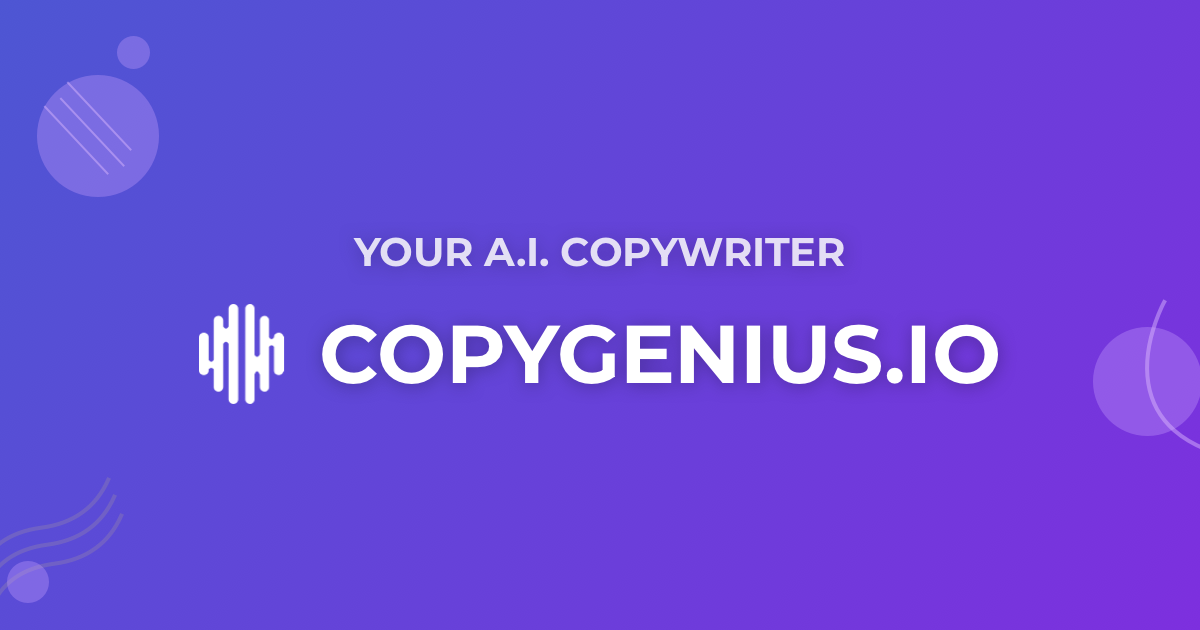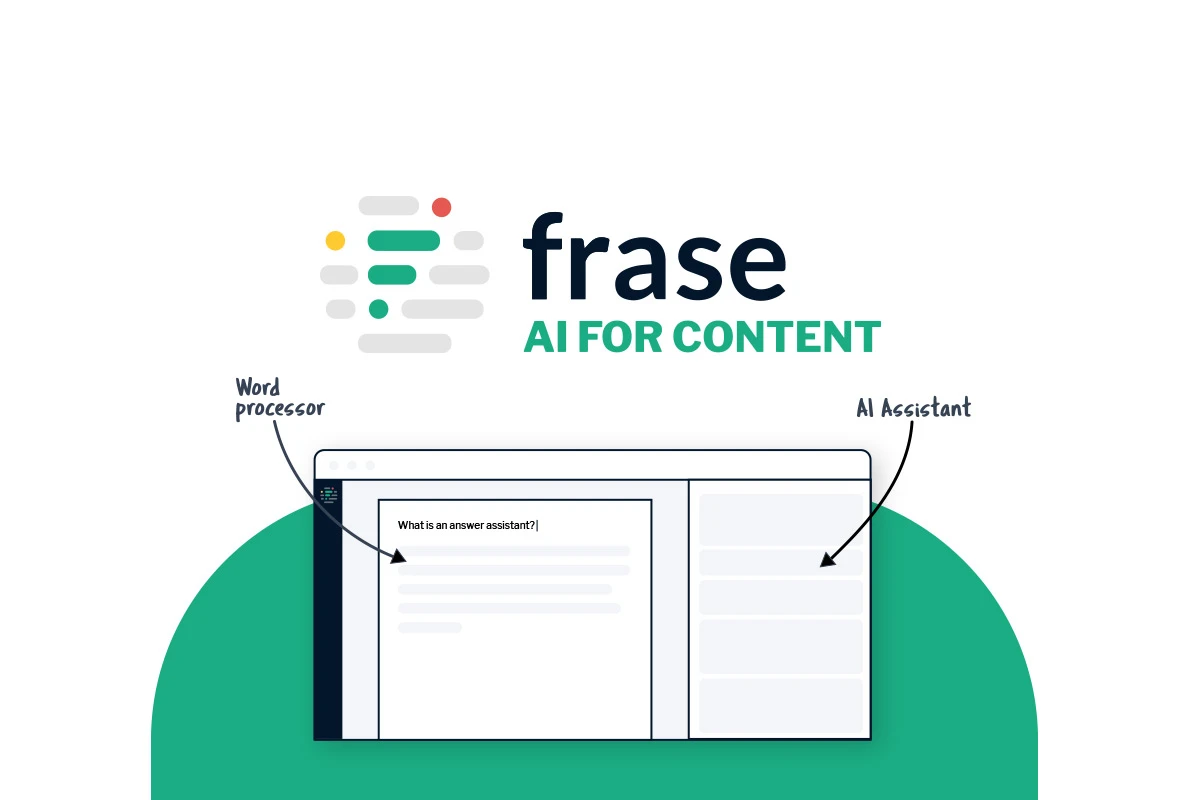Description
The world of art has always been a space for innovation, experimentation, and pushing the boundaries of human creativity. In recent years, the advent of artificial intelligence (AI) has brought a new dimension to the art world – AI art generation. This fascinating intersection of technology and creativity has garnered significant attention and debate, leading to the emergence of a distinct genre of art that challenges our understanding of artistic expression and authorship.
AI art generation refers to the creation of art using algorithms and machine learning models, often incorporating elements of existing artistic styles, techniques, and concepts. These AI-driven processes can generate entirely new and unique artworks, as well as re-imagine or augment existing pieces. In this blog article, we will delve into the Midjourney of AI art generation, exploring the creative process, the techniques and algorithms used, the challenges and limitations, and the ethical considerations surrounding this burgeoning field.
What is the Midjourney in AI Art Generation?
The term “Midjourney” refers to the stage of the AI art generation process where the AI system and the human artist collaborate in the creation of an artwork. It is a critical phase that transcends the boundaries of traditional artistic practices and embraces the potential of AI to enhance and augment human creativity. The Midjourney is characterized by a dynamic and iterative process, where the artist and the AI system engage in a continuous dialogue, refining and evolving their ideas and visions until the final artwork is born.
In this stage, the artist acts as a guide or curator, directing the AI’s creative process and making choices that shape the final outcome. The AI system, on the other hand, serves as a creative assistant, offering suggestions, generating possibilities, and providing new perspectives for the artist to consider. This symbiotic relationship between the human artist and the AI system represents a paradigm shift in the way we think about the artistic process and has the potential to redefine the nature of art itself.
The Role of Artificial Intelligence in the Creative Process
The involvement of AI in the creative process has led to the emergence of new artistic possibilities that were previously unimaginable. AI algorithms can analyze vast amounts of data, identify patterns, and generate novel combinations of elements, resulting in the creation of unique and innovative artworks. This capability allows artists to explore new creative territories and push the boundaries of their imagination.
Furthermore, AI systems can learn and adapt over time, continually refining their understanding of artistic styles, techniques, and concepts. This learning process enables AI art generators to become more sophisticated and capable of producing increasingly complex and nuanced artworks. In this way, AI becomes an invaluable tool for artists, providing them with a wealth of creative resources and insights that can enhance their artistic practice.
Techniques and Algorithms Used in AI Art Generation
There are several techniques and algorithms used in AI art generation, each with its strengths and limitations. Some of the most popular methods include:
- Generative Adversarial Networks (GANs): GANs are a type of deep learning model that consists of two neural networks – a generator and a discriminator – that compete against each other in a zero-sum game. The generator creates new images, while the discriminator evaluates their authenticity. Through this process, the generator becomes increasingly adept at producing realistic images, leading to the creation of highly detailed and convincing AI-generated art.
- Convolutional Neural Networks (CNNs): CNNs are a type of deep learning model that are especially effective at processing images. They consist of multiple layers that can recognize and extract various features from an input image. CNNs can be trained to generate new images by learning the patterns and structures present in a dataset of existing artworks. This approach allows for the creation of AI-generated art that is both original and informed by the stylistic elements of the training dataset.
- Evolutionary Algorithms: These algorithms are inspired by the process of natural selection and involve the generation of a population of candidate solutions that evolve over time. In the context of AI art generation, evolutionary algorithms can be used to generate and refine artistic concepts, with the most successful variations being selected and combined to form the next generation of candidate solutions. This iterative process continues until a satisfactory final artwork is produced.
Challenges and Limitations of AI Art Generation
While AI art generation has opened up new creative possibilities, it also faces several challenges and limitations. Some of these include:
- Lack of Originality: One of the criticisms leveled against AI-generated art is that it often relies heavily on existing artistic styles and techniques, leading to a lack of originality in the final output. Developing AI systems that can generate truly novel and groundbreaking art remains a significant challenge.
- Overfitting: This occurs when an AI model learns the training data too well, resulting in an inability to generalize its knowledge to new, previously unseen data. In the context of AI art generation, overfitting can lead to the creation of artworks that are overly derivative or repetitive, limiting the potential for innovation and creativity.
- Computational Complexity: The algorithms used in AI art generation can be highly computationally intensive, requiring significant processing power and memory resources. This can be a limiting factor for artists who lack access to high-performance computing infrastructure, potentially restricting the widespread adoption of AI art generation techniques.
Case Studies: Successful Midjourney AI Art Projects
Despite the challenges and limitations, there have been several successful Midjourney AI art projects that showcase the potential of AI-generated art. Some notable examples include:
- The Next Rembrandt: This project, a collaboration between researchers, developers, and art historians, used AI algorithms to analyze and learn from Rembrandt’s body of work. The AI system then generated a new, original painting in the style of Rembrandt, showcasing the potential of AI to create art that is both innovative and informed by the artistic legacy of the past.
- AICAN: Developed by artist and computer scientist Ahmed Elgammal, AICAN is an AI art generator that has been trained on a dataset of more than 80,000 artworks spanning various styles and periods. AICAN’s output has been exhibited in galleries around the world, demonstrating the potential of AI-generated art to captivate and engage audiences.
- GANPaint Studio: This project, developed by researchers at MIT and IBM, allows users to interactively generate and edit images using a GAN-based AI system. GANPaint Studio provides an accessible and intuitive interface for artists to explore the possibilities of AI-generated art, fostering a more collaborative and inclusive approach to the Midjourney creative process.
The Future of AI in the Art World
The future of AI in the art world is both exciting and uncertain, as artists, researchers, and technologists continue to explore the potential of AI-generated art. Some possible developments in the coming years include:
- Increased Collaboration: As AI systems become more sophisticated and capable, we can expect to see a greater emphasis on collaboration between human artists and AI-generated art tools. This will likely result in the creation of entirely new artistic genres and styles that push the boundaries of human creativity.
- Democratization of Art: AI-generated art has the potential to democratize the art world by providing artists and non-artists with new tools and resources to create and appreciate art. As AI art generation becomes more accessible, we can expect to see a more diverse range of voices and perspectives represented in the art world, challenging traditional notions of artistic authority and authorship.
- Integration with Other Technologies: AI art generation is just one aspect of the broader trend of technology-driven creativity. In the coming years, we can expect to see AI art generation integrated with other technologies, such as virtual and augmented reality, creating new and immersive art experiences for audiences.
Ethical Considerations of AI-Generated Art
The emergence of AI-generated art raises several ethical considerations that must be addressed. One of the most significant concerns is the issue of authorship – who should be credited as the creator of an AI-generated artwork? While the human artist plays a critical role in the Midjourney creative process, the AI system also contributes significantly to the final output. This raises questions about the nature of artistic authorship and the ownership of AI-generated art, particularly in a commercial context.
Another ethical concern is the potential for AI-generated art to perpetuate or amplify existing biases and inequalities. If AI systems are trained on datasets that are biased or limited in their representation of certain groups or perspectives, the resulting artworks may reflect and reinforce these biases. This highlights the importance of ensuring that AI art generation is developed and implemented in an ethical and socially responsible manner.
Resources and Tools for Exploring AI Art Generation
For artists and enthusiasts interested in exploring AI art generation, there are several resources and tools available. Some notable examples include:
- AI Art Lab: This online platform provides resources and tutorials for artists interested in exploring AI art generation. The platform also hosts AI-generated art exhibitions and events, showcasing the potential of AI art to engage and inspire audiences.
- RunwayML: RunwayML is a machine learning platform that allows artists to experiment with AI art generation techniques without requiring extensive coding knowledge. The platform provides access to pre-trained models and offers a user-friendly interface for exploring and refining AI-generated artworks.
- Artomatix: Artomatix is an AI-based software that automates the process of texture creation in 3D modeling and animation. The software uses machine learning algorithms to generate high-quality textures in a fraction of the time required for traditional manual methods.
Conclusion: The Potential of AI in Shaping Creativity
AI art generation represents a fascinating intersection of technology and creativity, with the potential to transform the art world in exciting and unpredictable ways. While the Midjourney creative process presents several challenges and ethical considerations, it also offers new opportunities for artists to explore new creative territories and push the boundaries of their imagination.
As AI art generation continues to evolve and mature, we can expect to see new artistic genres and styles emerge, challenging our understanding of what constitutes art and who the creators of that art are. Ultimately, AI art generation has the potential to democratize the art world, providing new tools and resources for artists and non-artists alike to create and appreciate art.





Reviews
There are no reviews yet.